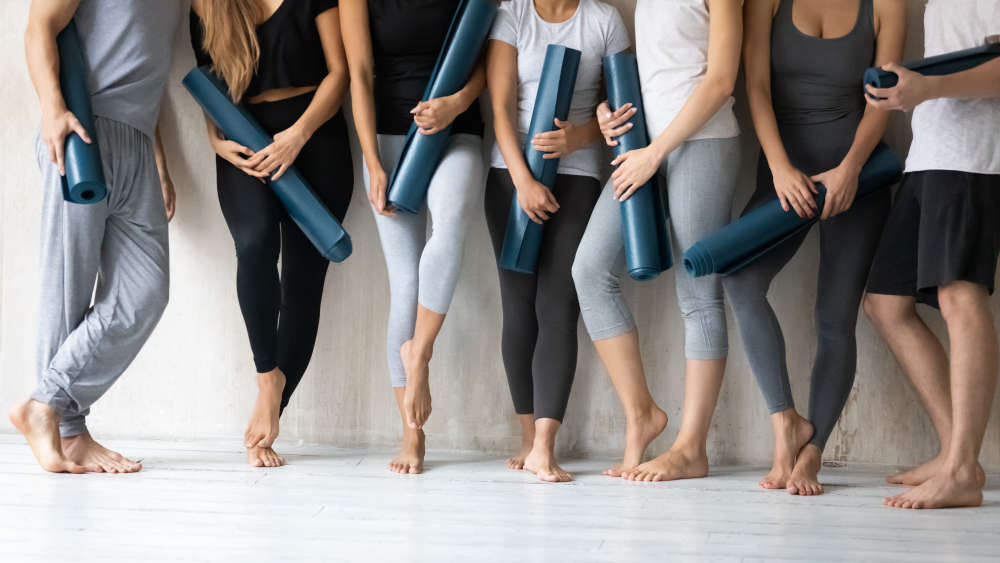
Whether you’re just curious about the differences between the two, or are totally clueless on both practises, Yoga instructor & Assistant Editor Mary Goodsell sheds some light and advice on the two styles of exercise.
To anyone who’s never tried Yoga or Pilates, it can be slightly murky waters when it comes to knowing, and understanding which practice is most suited to you, and what they both are! Both Yoga and Pilates will pop up in searches when looking for exercises that can improve strength, flexibility, and mindfulness- but how do you know which one will be most suited to you?
Whether you’re just curious about the difference between the two, or would like to try a new class going into the Spring, I have tried to explain some some of the similarities and differences between the two styles of practice to see which one is best suited for you!ll
On the surface, there are many similarities between Yoga and Pilates:
- Both are mind and body practices
- They both emphasise the importance of breathing properly during exercise
- They can both be done with minimal equipment
- They can both be practised for free online or on a paid for digital subscription
- Both can improve strength and flexibility
- They share some exercises (although under different names)
Having said this, there are some fundamental differences between the two. Physically, the main difference between Yoga and Pilates is that Yoga places greater focus on holding static poses whereas Pilates uses very considered movement/ movement routines to improve your strength and stability. Yoga also incorporates a more spiritual approach to it's class formats, more often than not including some breathwork or mindfulness practices.
You may be familiar with various Yoga poses, but that is only a small part of Yoga. Originating in India over 5,000 years ago, Yoga is an ancient spiritual practice that uses the body to connect with the mind and spirit, it is also well known for building strength and awareness both physically and mentally. The practice of Yoga is called 'asana' and was originally designed to encourage people to be strong, flexible and comfortable enough to sit in meditation, however in most classes you attend in this modern day, that will not be the sole focus.
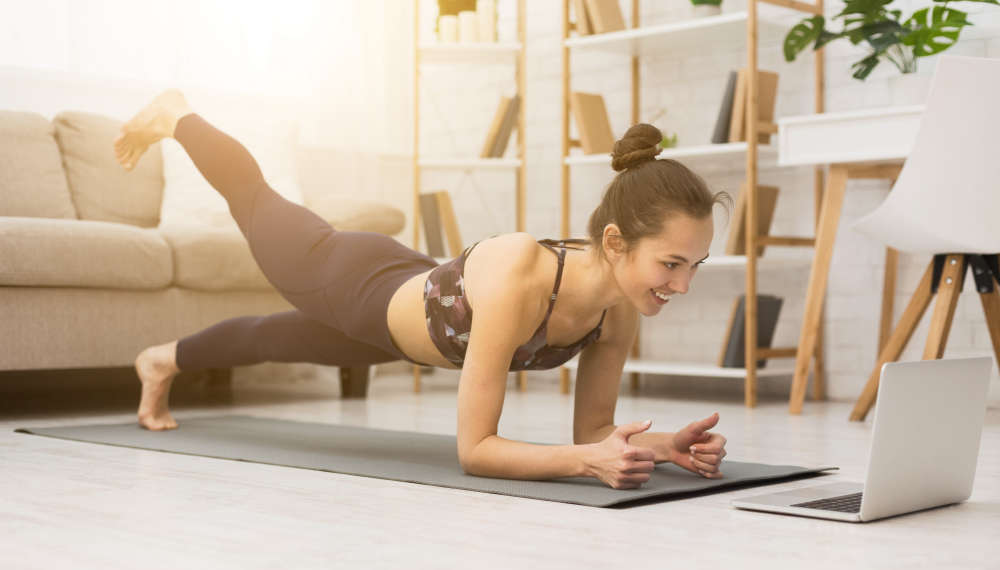
One of the key principles that underpin Yoga is working with the chakras, the seven energy points within your body. The mind is projected through these chakra points, which determine how someone experiences reality, if a chakra is blocked, a person can experience mental and also physical issues. The regular practice of Yoga helps to stimulate and balance these chakras, and different asanas can help with different chakras. This is why, you may hear of Yoga being prescribed as an alternative therapy for people suffering with things such as anxiety and depression, it is highly focused on the inner workings of our body, in addition to the physical practice.
Over time, new styles of yoga have evolved, each with their own unique characteristics - for beginners, hatha yoga is a great place to start. For more intermediate yogis, they may enjoy dynamic practice styles such as Ashtanga and one of the most recent styles of Yoga to gain popularity is ‘rocket Yoga’, a fast-paced practice, perfect for those who like to work up a sweat.
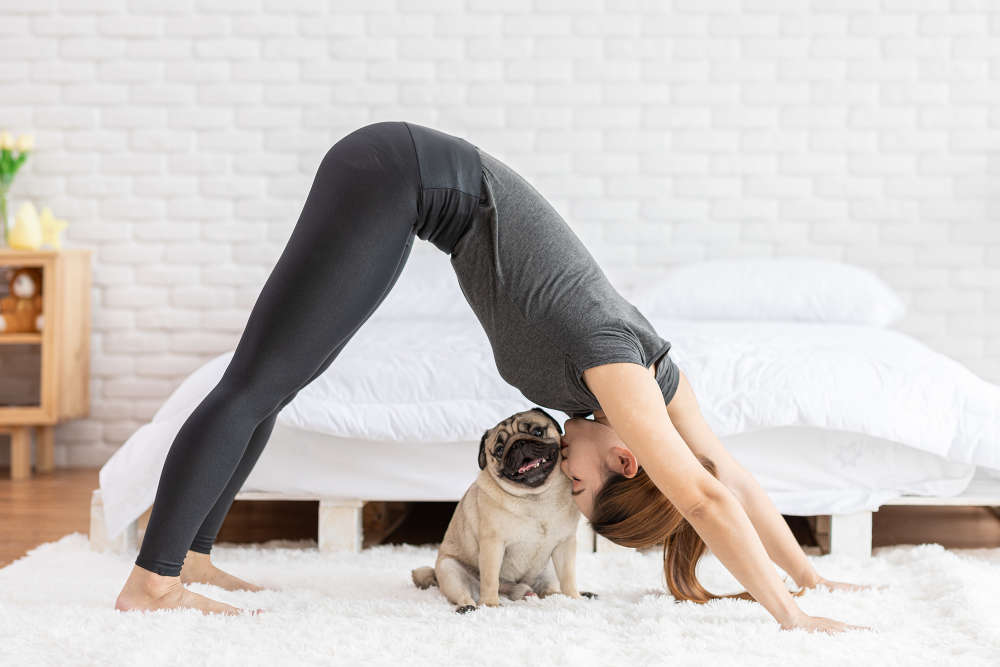
Let’s now look at Pilates:
In the 1900's, physical trainer Joseph Pilates developed ‘Contrology’, a form of exercise designed to help rehabilitate injured dancers and athletes by correcting muscular imbalances and improve strength, stability, and flexibility. He also invented different pieces of equipment which can be used to inform and challenge the exercises. After Joseph died, 'Contrology' became known as Pilates. While physically Pilates is a mix of calisthenics, Yoga, and Ballet, it encourages the use of breath and mind to control the physical movements, and holds greater emphasis on doing well defined, controlled movements to correctly align the spine and build muscle. There are six key principles of Pilates: breathing, centring, concentration, control, flow, and precision.
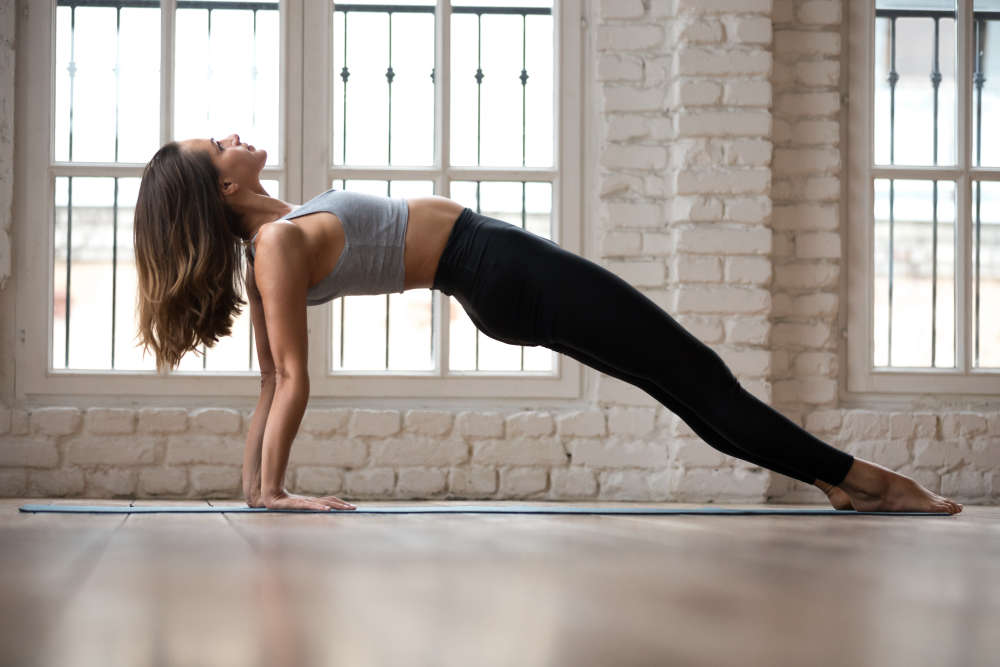
Practising Pilates has several benefits; improved strength and flexibility, increased spine strength and core stability, improved posture, increased lung capacity and increased bone density. Pilates is also a great way to rehabilitate joint and spinal injuries.
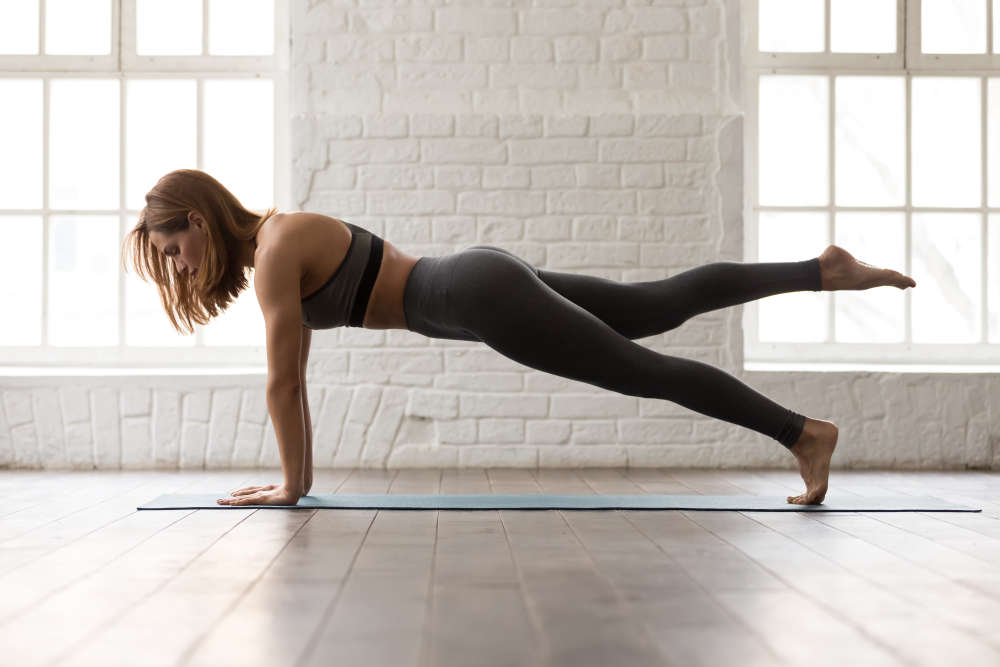
So- which one is best for you?!
What Yoga and Pilates have in common is that they are both low impact exercises which can help to increase your strength and flexibility. They are probably not the best exercise for you if you love the buzz of going for a long run, or enjoy a sweaty weights session. However experts argue that you should practise a mix of different types of exercise.
If you have injuries, Pilates could be a more appropriate choice, whereas if your goal is to achieve impressive flexibility, you may find more progress with Yoga! If you're looking to add a more mindful practise into your week, or reduce your stress levels, you may also find you love the spiritual side of yoga, whereas others prefer Pilates as it is more focussed on the physical workout. Ultimately, there is something for everyone in both camps, so it’s best to try both and see which you prefer. It also doesn’t have to be Pilates or Yoga -you might find you want to incorporate both into your life!

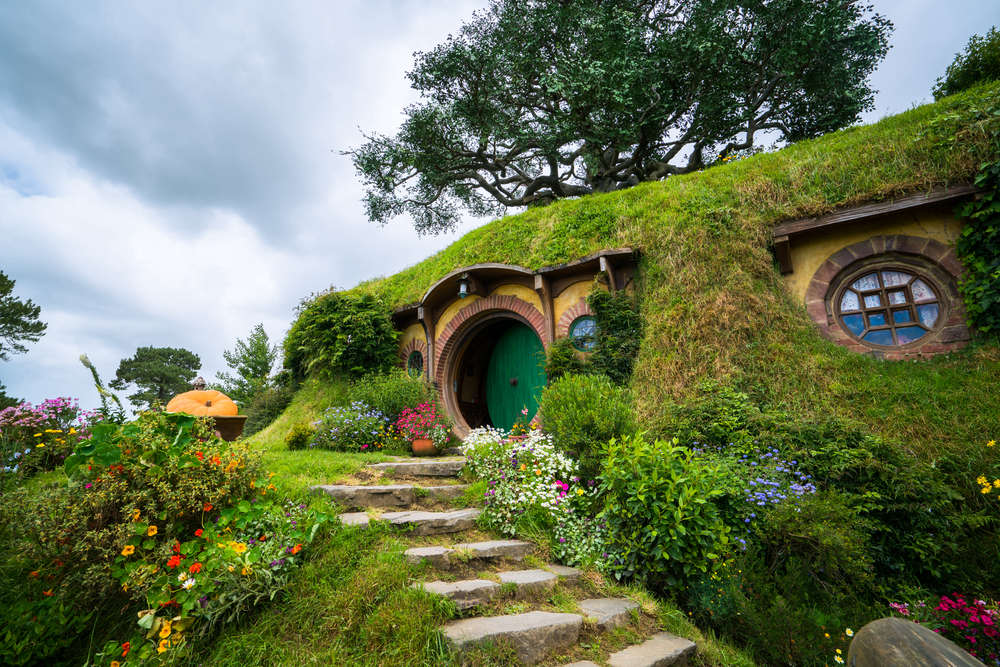 Five Fantasy Worlds We’d Love To Explore In Real Life
Five Fantasy Worlds We’d Love To Explore In Real Life
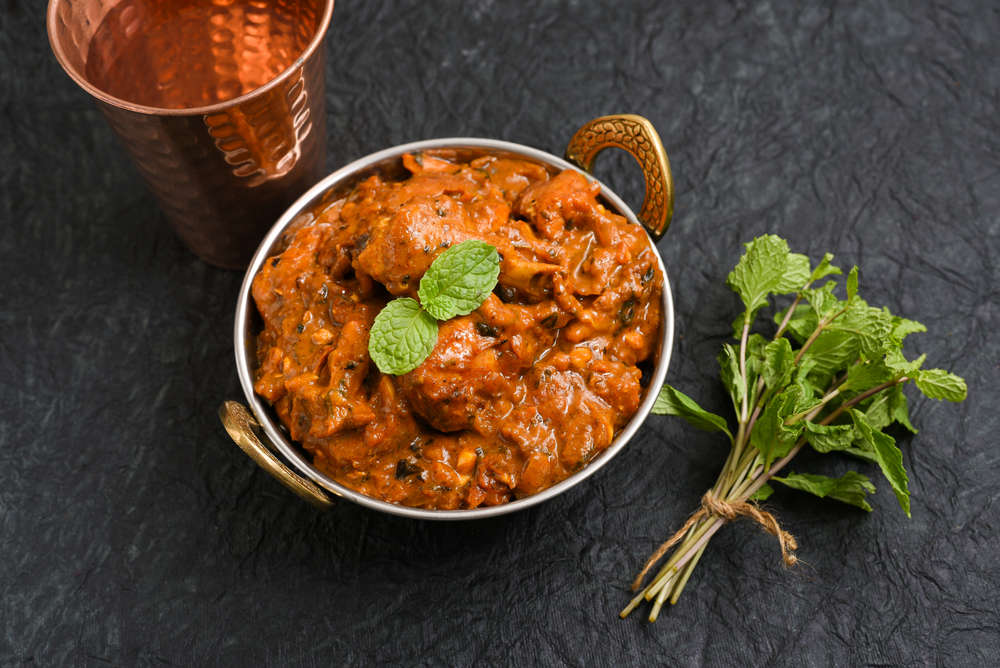 Five Amazing Global Meals To Cure The January Blues
Five Amazing Global Meals To Cure The January Blues
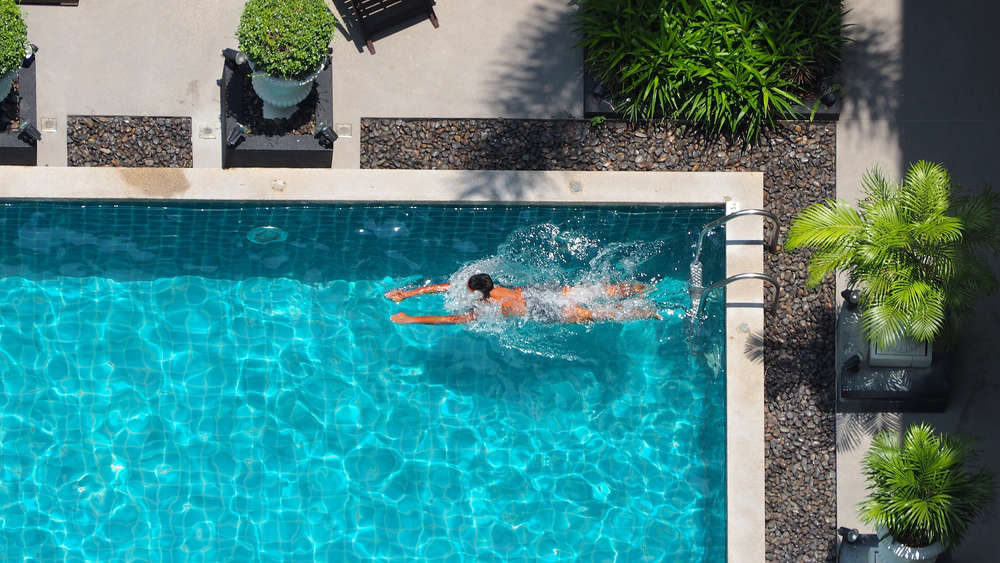 Five Incredible Spas Around the World
Five Incredible Spas Around the World
 Five Fab Wellbeing UK Destinations Ideal in January
Five Fab Wellbeing UK Destinations Ideal in January
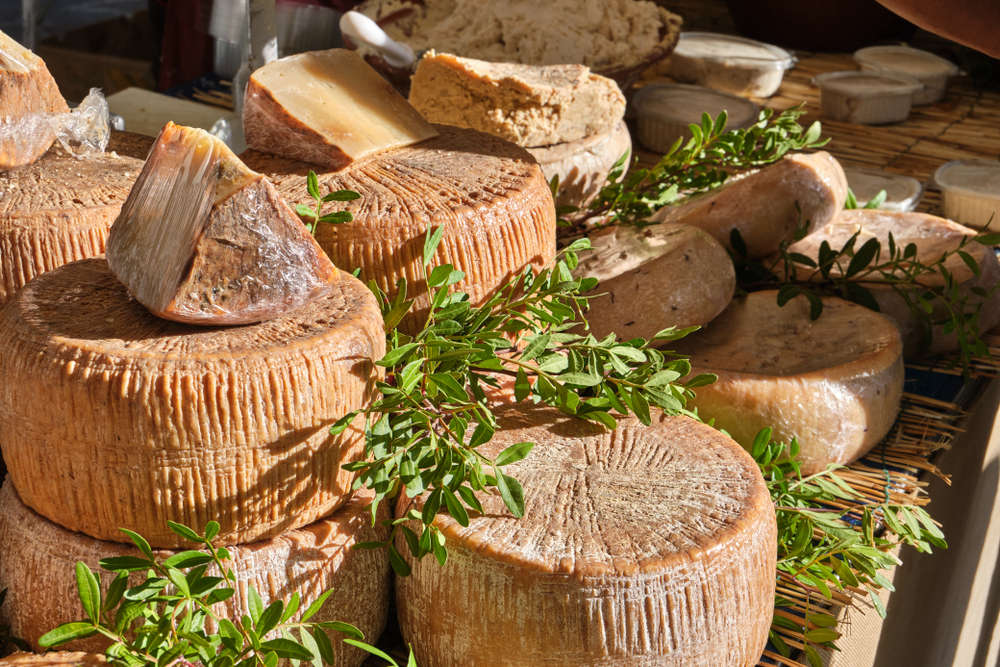 Five Weird Wellbeing Foods Around The World
Five Weird Wellbeing Foods Around The World
Comments
Add a comment